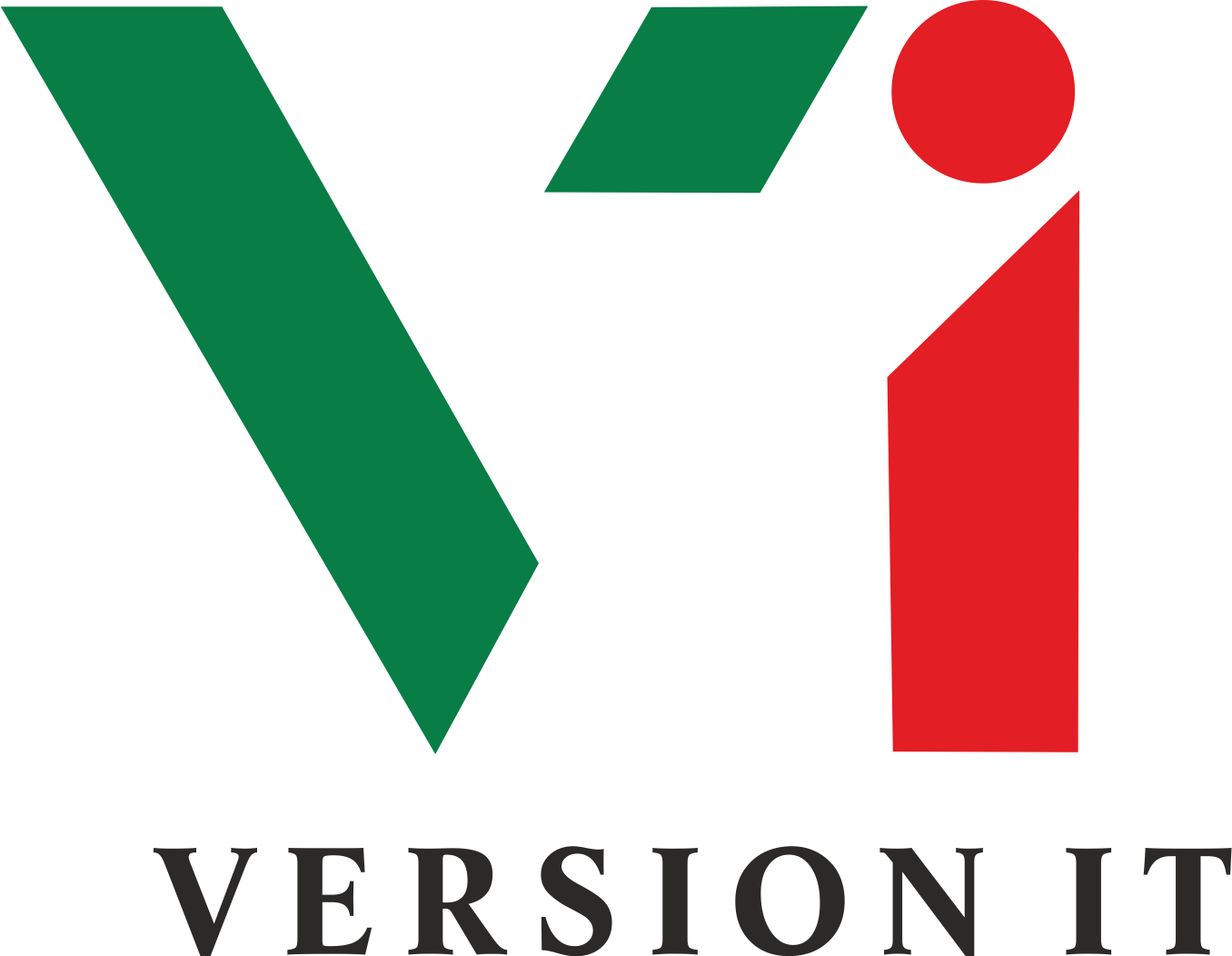The healthcare industry has been in a phase of enhanced need for precise and effective medical coding specialists in recent years. These experts are very crucial in converting the medical records, diagnoses, and services provided to a patient into universal codes so as to assure accurate billing, compliance and analysis of data. Even though medical coding jobs position is crucial and the number of patients requiring professional assistance dramatically increases, healthcare facilities in this country have to struggle with a rather unexpected problem: finding qualified medical coders.
The Expanding Demand for Medical Coders
The health care sector is the main force behind the demand for medical coders. Due to the growing population ages, expanding access to healthcare services, as well as the complexity of medical treatment, the amount of medical record paperwork is soaring. All hospital visits, diagnostic tests and outpatient procedures should be coded correctly -not just to receive reimbursement, but to comply with regulations and case records of patients.
Despite all this demand, healthcare facilities are not managing to fill medical coding jobs. These reasons are multi-dimensional, as they include educational deficiencies, industry needs, and changes in working conditions.
A Steep Learning Curve
One of the primary reasons for the scarcity is the profession’s intricacy Medical coding is much more than just putting numbers with diagnoses. It demands excellent knowledge of anatomy, physiology, terminologies in the healthcare arena, and dynamic coding systems. This include ICD-10-CM, CPT and HCPCS. This is quite technical, which may be scary since not everyone has a medical background.
Several people obtain medical coding training in Hyderabad or anywhere with the idea of venturing into this field. A wide range of programmers do not offer the same level and depth of practice required to match employee demand. First-time professionals often discover that real-life coding situations do not suit them well. These situations may include decoding physician remarks, resolving document variances, and keeping up with compliance rules.
Gaps in Medical Coding Jobs & Training Readiness
Medical coding classes are available at a variety of medical coding institutes. Not all of which prepare for certification exams or job responsibilities. Theoretical and Practical experience are really far apart, and many times, the degree holders are unprepared to work in practice.
Moreover, it is peculiar that most healthcare employers would rather recruit an experienced coder. So we have a paradox: a new graduate has to work to get experience, but cannot get hired. This makes internships and apprenticeships very important, though the opportunities are scarce.
An accredited medical coding training school can maintain a strong course program. It will be able to certify individuals, it does not necessarily lead to instant work. Learners and individuals interested in coding should know what the obstacles on their way are. They also need to find a program with practical work, guidance, and simulation of coding on real cases.
High Burnout and Limited Career Progression
Mental strain and burnout are also synonymous with medical coding. The work of coders who are under time pressure is supposed to be very accurate. This, in the long run, may result in low job satisfaction and turnover. Unfortunately, most medical facilities consider coders to be back-end employees. Thus, available chances to advance and be appreciated as health practitioners are restricted.
Lack of obvious promotion opportunities leads to numerous professionals abandoning the field. Moving to adjacent areas like health informatics, auditing, or compliance, leaving vacancies in the ranks of coding practitioners.
The Future of Medical Coding Careers
Medical coding is one of the fields that is starting to be penetrated by automation and AI tools that may give some relief to overworked coders. These technologies are, however, not advanced to the extent of replacing human expertise. Rather, their role is supposed to supplement coders, bringing efficiency and enabling coders to work on complicated cases.
Inclusive and flexible education options will have to be put in place to achieve workforce solutions. The medical coding course that meets the highest standards of quality must include simulations, case studies that are current and mentorship to facilitate the shift between training and work.
Furthermore, one can encourage awareness of the value of the field and career prospects, which can encourage more diverse and self-motivated employees to join the field. Those who study healthcare professions need to be introduced to the opportunities they have in coding, not only as preparation for a next step profession, but as their profession.
Conclusion
One significant but frequently ignored component of the healthcare framework is therapeutic coding. Since the need to do proper coding is constantly on the increase, the amounts needed to supply the students who are qualified and readily employable as coders are still inadequate. Medical coding training institutes, health company employers, and the education system, in general, should make a joint effort to close this gap. To such young professionals, the selection of a medical coding course in Hyderabad or any other locality can spell the difference between making and breaking a viable career.







